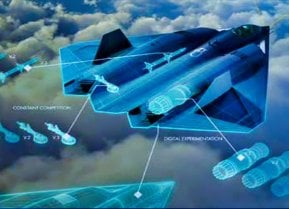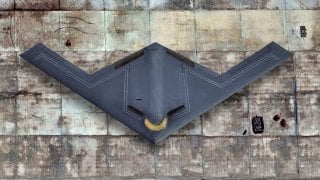B-21 Raider Bomber Has No Choice But to Succeed
The B-21 Raider, America's new stealth bomber, is undergoing rigorous flight testing at Edwards Air Force Base, California, moving steadily toward full-scale production.
Summary: The B-21 Raider, America's new stealth bomber, is undergoing rigorous flight testing at Edwards Air Force Base, California, moving steadily toward full-scale production.
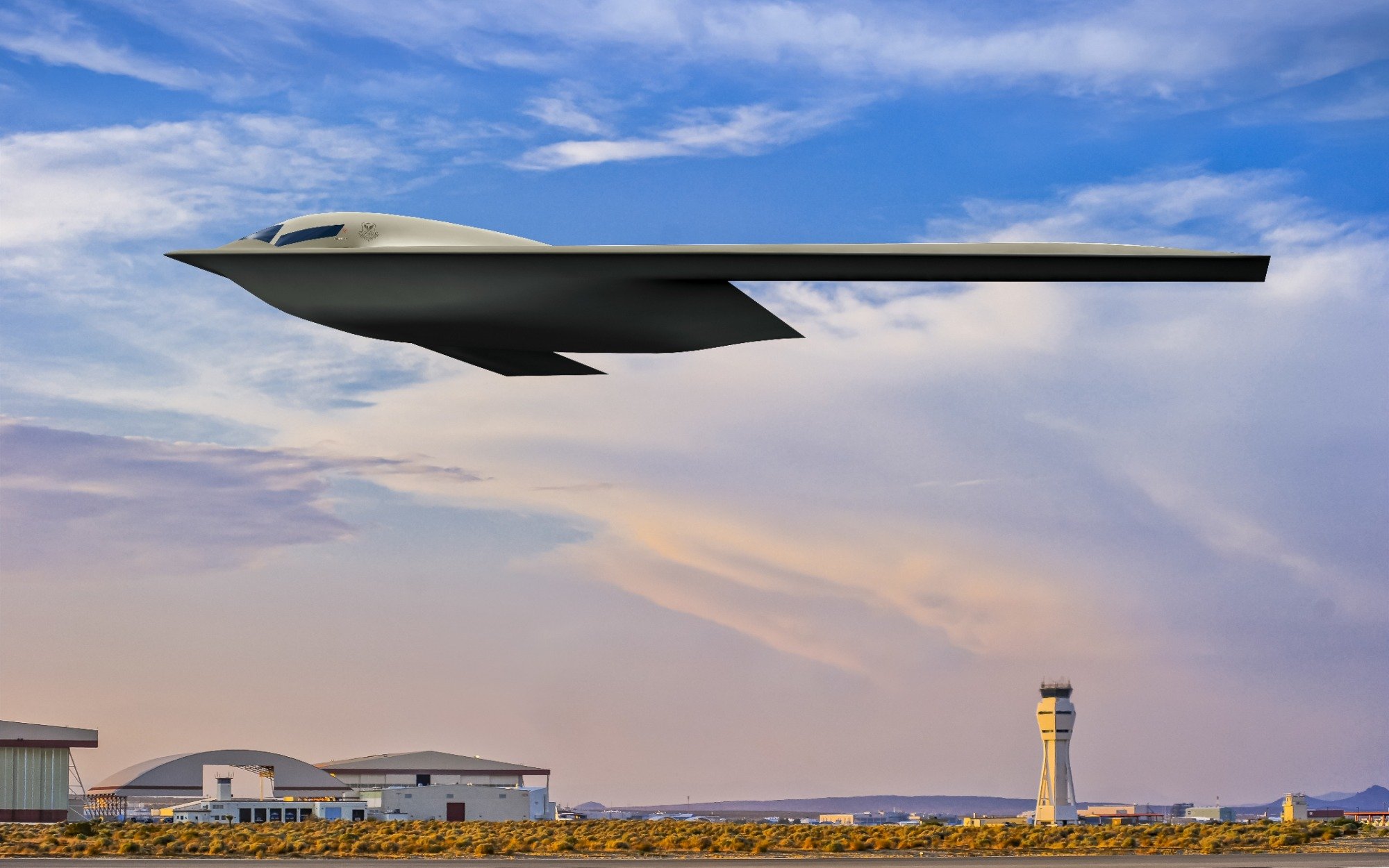
B-21 Raider Bomber: Key Facts You Need to Know
Initial tests, including system power-ups, engine tests, and taxiing, have been successfully completed.
The Air Force plans to purchase up to 100 B-21s, which will replace the B-1 Lancer and B-2 Spirit bombers.
Manufactured by Northrop Grumman, the B-21 is a fifth-generation strategic stealth bomber designed for long-range conventional and nuclear missions, featuring advanced stealth technology and maintainability.
The B-21 is expected to enhance U.S. deterrence and combat capabilities by the late 2020s.
America’s new stealth bomber is coming along over the skies of California. The B-21 Raider is going through intense flight testing at Edwards Air Force Base, California, in preparation for full-scale production.
B-21 Raider: Testing and Refining
Over the past few months, the B-21 Raider has made some important steps forward to an initial operating capability.
The aircraft’s systems were first powered in the summer of last year. Then, in September, its engines were tested, followed by taxing tests a month later. The aircraft flew for the first time in November.
These tests are key to ensuring that the aircraft is performing as expected. Steadily, the testing will involve more complicated flying and systems and weapons testing.
Overall, the B-21 Raider is moving at an acceptable pace. After some delays, the Air Force is working with the pre-production aircraft.
The Air Force has six pre-production aircraft to play with and test before the B-21 Raider goes into full production.
Although nothing is finalized as the program is still young, the Air Force plans to purchase up to 100 B-21 Raider bombers. The futuristic-looking aircraft is slotted to replace the B-1 Lancer and B-2 Spirit strategic bombers.
The B-21 Raider, Explained
Manufactured by Northrup Grumman, the B-21 Raider is a fifth-generation strategic stealth bomber. Given the highly classified nature of the program, not too much is known about the capabilities of the aircraft. One thing that is known, however, is that it is going to be an expensive aircraft. The Pentagon is projecting that the B-21 Raider will cost around $600 million per aircraft.
U.S. Secretary of Defense Lloyd Austin provided some insight, albeit cryptic, about the capabilities of the stealth bomber during the revelation ceremony in December 2022.
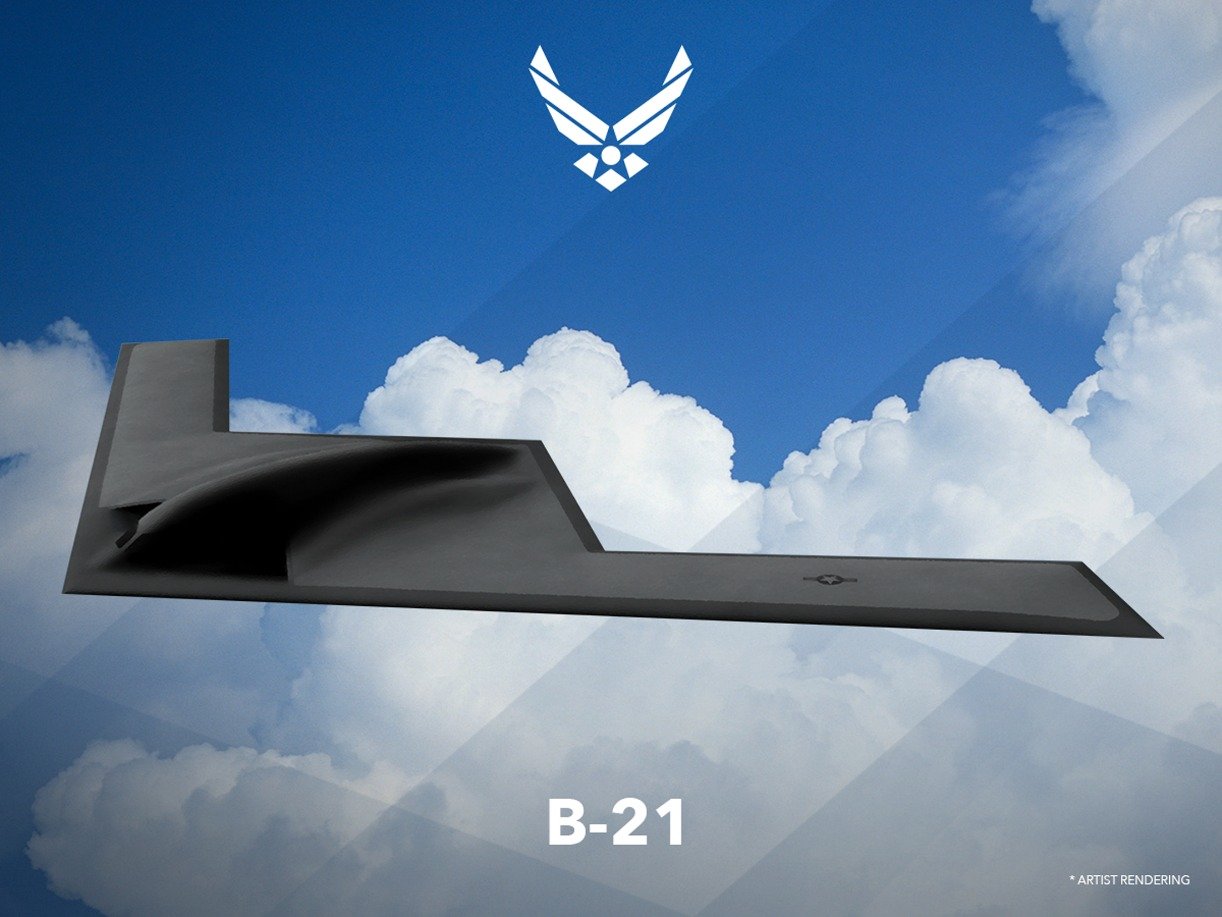
In terms of capabilities, as a deep-strike bomber, the B-21 Raider will be able to conduct both long-range conventional and nuclear missions. Its stealth and deep-penetration capabilities will be particularly useful against Chinese and Russian Anti-Access/Aerial-Denial (A2/AD) systems.
In terms of range, Austin stated that “no other long-range bomber can match its efficiency,” and it won’t need to be based in-theater. . . [or] need logistical support to hold any target at risk.” This suggests that the B-21 will follow the pattern of previous strategic bombers, like the B-52 Stratofortress and the B-2 Spirit, and operate from U.S. bases.
In terms of stealth, the new strategic bomber will bolster some of the most advanced stealth technology, including coating and design, to date.
“Fifty years of advances in low-observable technology have gone into this aircraft. And even the most sophisticated air-defense systems will struggle to detect a B-21 in the sky,” Austin said.
The stealth bomber is also designed to be sustainable and easily maintained.
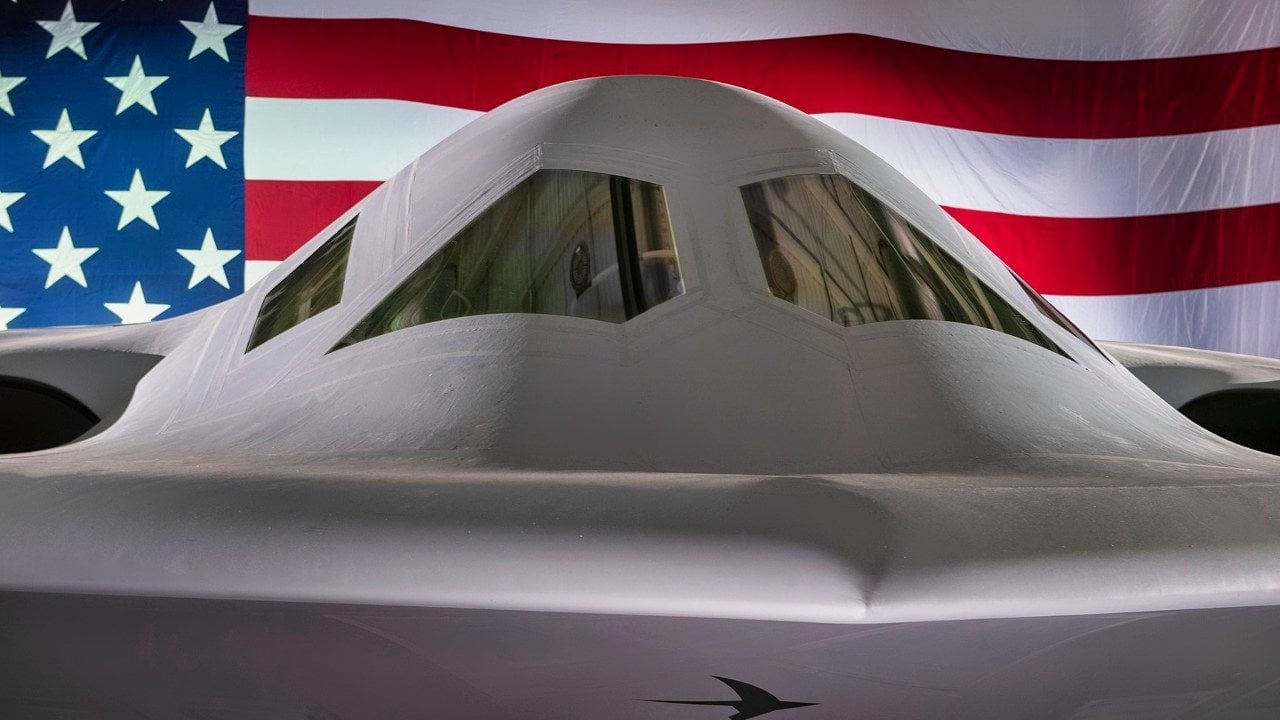
“We really don't have a capability unless we can maintain it. And the B-21 is carefully designed to be the most maintainable bomber ever built,” the Secretary of Defense concluded.
The Air Force is looking to have a capability ready by the late 2020s, thereby increasing its deterrence capabilities and combat power.
About the Author
Stavros Atlamazoglou is a seasoned defense journalist specializing in special operations and a Hellenic Army veteran (national service with the 575th Marine Battalion and Army HQ). He holds a BA from Johns Hopkins University and an MA from the Johns Hopkins School of Advanced International Studies (SAIS). His work has been featured in Business Insider, Sandboxx, and SOFREP. Email the author: [email protected].
All images are Creative Commons.
